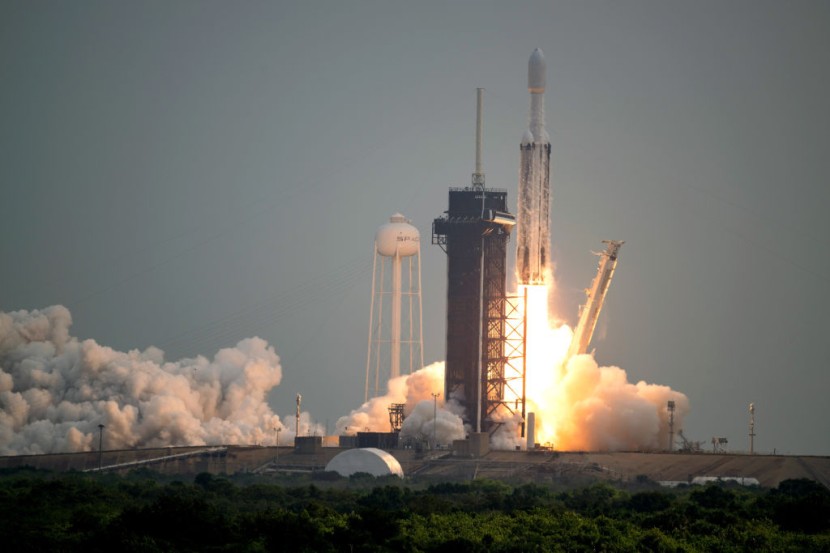
NASA launched on Friday (October 13) its first mission to the mysterious metal-rich asteroid Psyche to find out whether the asteroid was the exposed core of an early planetary building block in the early stages of the solar system.
The space probe - also named Psyche - lifted off at 10:19 Eastern Time (14:19 UTC) aboard a SpaceX Falcon Heavy rocket from NASA's Kennedy Space Center in Cape Canaveral, Florida.
Psyche would be the first of many upcoming NASA science missions slated to launch aboard Falcon Heavy, a rocket that utilizes three of SpaceX's Falcon 9 first-stage cores that are rapidly reusable.
Read Also : SpaceX Unveils Details for Starlink's Satellite Cell Service for 2024 To Benefit Remote Regions
Psyche Mission Profile
NASA's Jet Propulsion Laboratory Psyche chief engineer for operations David Oh told CNN that the Psyche mission would travel 3.6 billion kilometers over the next six years to reach 16 Psyche, a metallic asteroid located in the outer part of the main asteroid belt between the orbits of Mars and Jupiter.
Lindy Elkins-Tanton, Psyche principal investigator and foundation and regents professor at Arizona State University's School of Earth and Space Exploration, added that the Psyche mission was the very first of its kind to the asteroid.
"This will be our first time visiting a world that has a metal surface," she said. "There aren't that many completely unexplored types of worlds in our solar system for us to go see, so that is what is so exciting about this."
Delayed but Not Discouraged
Psyche was supposed to be launched in October 2022, but there was not enough time to conduct a full checkout of the spacecraft's flight software to ensure it was ready before the 11-week launch window closed. A further delay was made this year to give engineers enough time to adjust the spacecraft's temperature limits of nitrogen cold gas thrusters, which was important for orienting the craft in space.
Psyche would be scheduled to arrive at Mars in May 2026 and use the planet's gravity to slingshot its trajectory to Psyche, which it would eventually reach by July 2029 and spend 26 months orbiting the asteroid to map its surface, take images, and determine whether Psyche truly is a metal core.








